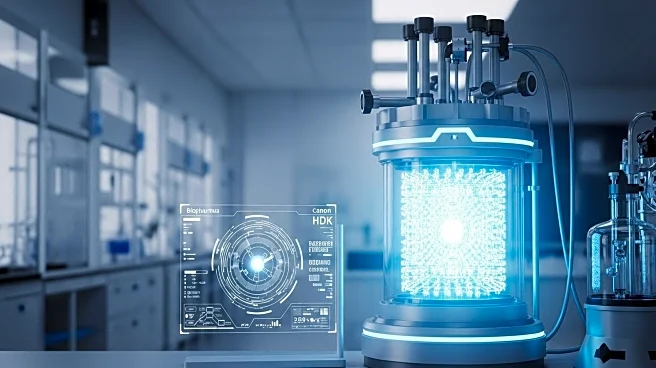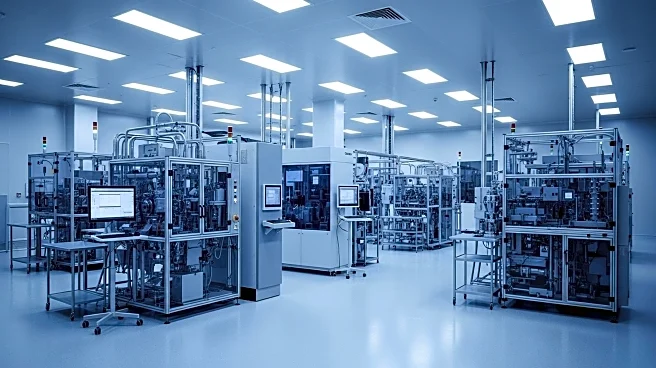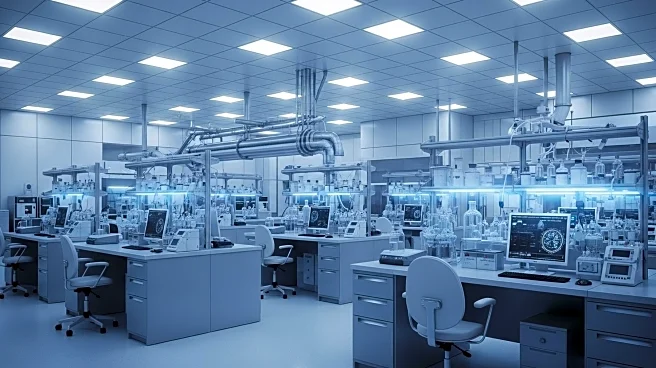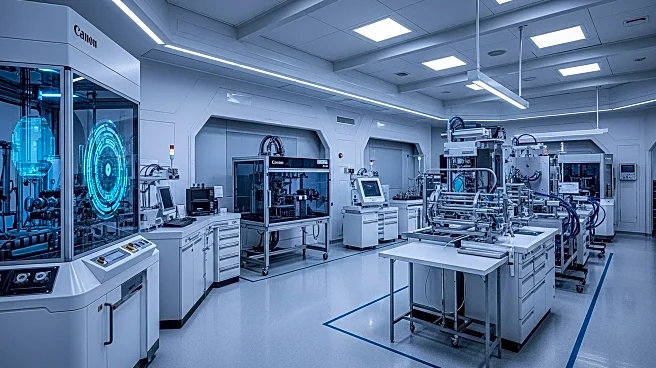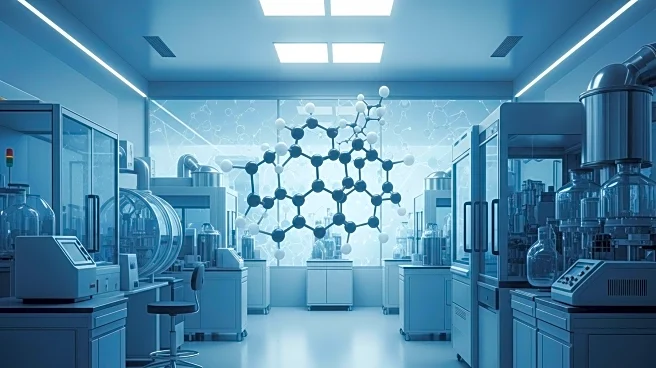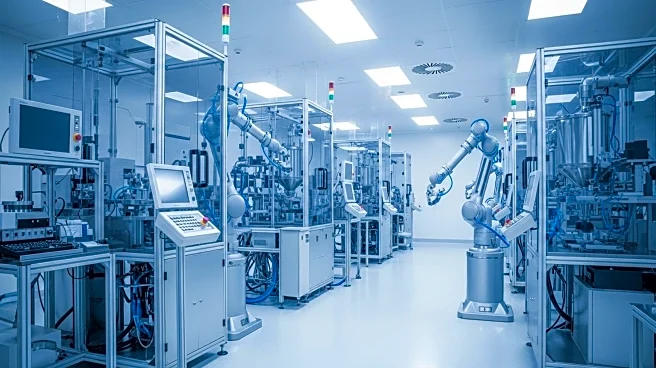What's Happening?
Gilead Sciences has commenced construction on its new Pharmaceutical Development and Manufacturing (PDM) Technical Development Center (NTDC) at its headquarters in Foster City, California. This development is part of Gilead's strategic plan to enhance its capabilities in virology, oncology, and inflammation through increased biologics capacity. The NTDC, a five-story, 180,000-square-foot facility, is designed to foster innovation and collaboration among technical development and manufacturing teams. It will feature flexible pilot lab spaces and advanced digital infrastructure, including autonomous robotics and real-time digital monitoring systems. This facility is a key component of Gilead's $32 billion investment commitment in the United States, aimed at driving growth and scientific leadership in the biopharmaceutical sector.
Why It's Important?
The construction of the NTDC is significant as it underscores Gilead's commitment to maintaining and expanding its leadership in the global biopharmaceutical industry. By investing in advanced manufacturing capabilities, Gilead is poised to accelerate the development and production of next-generation biologics, which are crucial for treating complex diseases. This initiative is expected to generate thousands of jobs in the U.S., contributing to economic growth and reinforcing the country's position as a leader in biopharma innovation. The facility's focus on digital and autonomous technologies also highlights the industry's shift towards more efficient and innovative manufacturing processes.
What's Next?
Gilead's broader expansion plans at its Foster City headquarters include the development of a new research building and a biologics manufacturing facility, both aimed at enhancing scientific discovery and expanding domestic production capacity. These projects are part of Gilead's ongoing efforts to invest in U.S. infrastructure and innovation. As these facilities come online, they are expected to further strengthen Gilead's pipeline and biologics capabilities, potentially leading to new therapeutic breakthroughs and increased competitiveness in the biopharmaceutical market.
